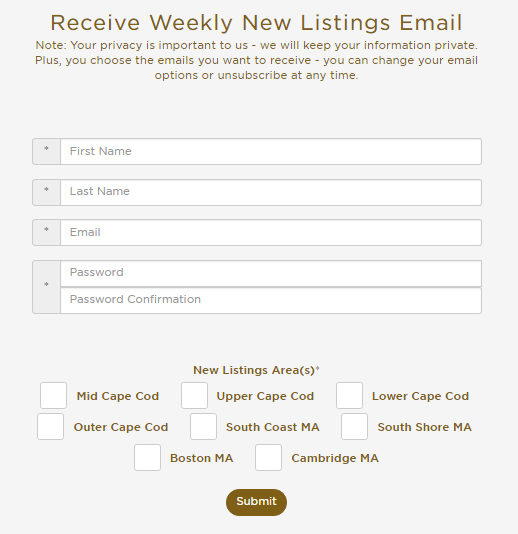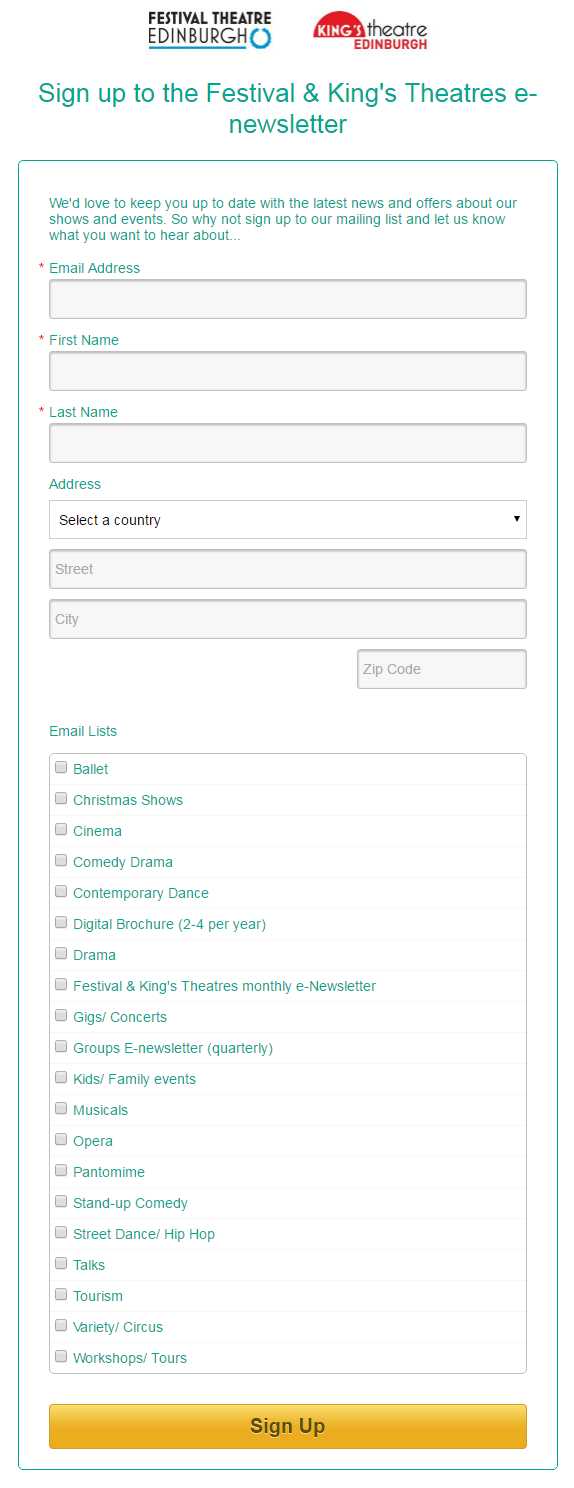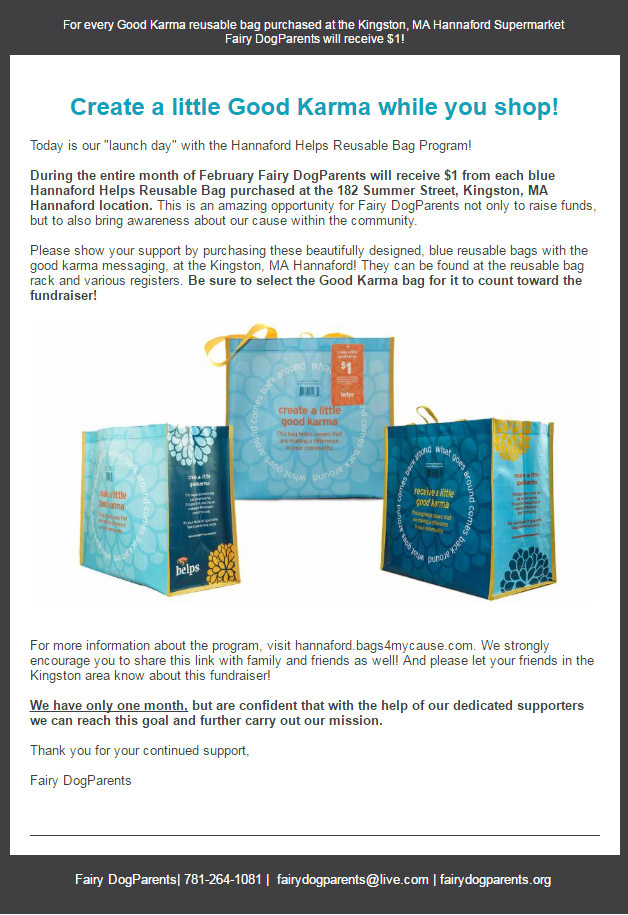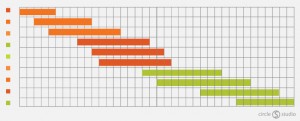If you’ve been using email marketing for a while, you might have come across the term segmentation. Before we dive into how to segment an email list, I want you to understand what email segmentation is.
Email segmentation simply means dividing your email list into smaller groups of people. You might create groups based on information like interests, demographics, or their preferences on products or services.
Once you’ve segmented your email list into groups, you can send more relevant emails to those groups, rather than sending the same emails to your entire subscriber list.
Naturally, you’re probably wondering how to segment an email list to meet your goals. Don’t worry — you’ve come to the right place.
In this article, we’ll show you why email marketing segmentation matters (and will back it up with email segmentation statistics). Then, we’ll share simple segmentation techniques you can use to drive results for your business. Finally, we’ll review some email segmentation examples to show you what email marketing segmentation techniques look like in the real world.
Table of Contents
- Why should you segment your email list?
- How email segmentation makes emails more relevant
- 4 email marketing segmentation techniques
- Watch the webinar: How to Segment an Email List to Get Better Email Marketing Results
- 5 email segmentation examples
- Where to get the information to segment your email lists
- And that’s how to segment an email list in a nutshell!
Why should you segment your email list?
The truth is, customers expect email messages to be timely and relevant to their interests.
Creating smaller groups of contacts, or segmenting, is the first step to sending the right messages to the right people at the right times and significantly improving your email results. Sometimes, emails are not one size fits all. One email might appeal to some people on your list, while others need something completely different.
The people who aren’t interested in emails might delete them, or worse, unsubscribe if they find that your messages aren’t relevant to them.
You can avoid this by segmenting your lists to target the right group with the right, relevant messages.
Email segmentation statistics
Still not convinced that it’s worth it to segment your email list? Check out these compelling email segmentation statistics:
- We found in a previous survey that 56 percent of people who unsubscribed from a business or nonprofit list did so because the content wasn’t relevant. Email segmentation helps you avoid unsubscribes by keeping emails relevant to all groups.
- Campaigns sent to 35 subscribers or less, suggesting more personalized content, saw incredible open rates at an average of 55 percent. Meanwhile, campaigns sent to more than 7,500 subscribers, suggesting low personalization, averaged about a 14 percent open rate.
- Segmented emails make readers 50 percent more likely to click on a link within the email.
- According to eMarketer, 39 percent of marketers who segmented their email list experienced higher open rates. Plus, another 28 percent reported lower unsubscribe rates, while 24 percent indicated better email deliverability and greater revenue.
The takeaway from these email segmentation statistics is simple. Email segmentation works. Your subscribers don’t want your emails unless they are relevant for them, and segmentation ensures you can send relevant emails to everyone.
How email segmentation makes emails more relevant
Imagine that you are a fan of comedy. You like seeing stand-up comedians and you enjoy going to a specific theater. So, you sign up to get email updates about upcoming shows.
But the next three newsletters that come to your inbox are about opera performances. What are the odds you’re going to find these emails relevant? Pretty slim, right? Chances are you’re probably going to ignore future emails or unsubscribe altogether.
That’s why — when you’re using an email marketing platform — it can pay off to segment subscribers into different contact lists. This allows you to send focused email marketing campaigns to your contacts with specific interests and provide content and offers that they’ll really, really like.
So now that you understand why email marketing segmentation is so important, let’s look at how to segment an email list.
4 email marketing segmentation techniques
1. Simply ask email subscribers for their preferences
One way to segment or group your contacts is by using email lists and asking your subscribers to simply choose the things that they’re interested in.
Fashion retailer No Rest for Bridget created lists for their communications and subscribers have the opportunity to choose what lists they’re interested in — emails that contain in-store sales and promotions, information about new products, online sales, or all news and sales.
Their subscribers receive information that’s relevant to them and won’t find unnecessary emails in their inbox.

2. Ask subscribers for their location
You can learn a lot about what your subscribers are interested in based on their location. Robert Paul Properties — a real estate firm in Massachusetts — asks subscribers about the locations they’re interested in right in their email sign-up form.
They can easily target emails about new listings in certain towns and areas of the state to the subscribers who have expressed interest in those locations.

3. Pay attention to purchasing behavior
Audience behavior is another great way to segment. Find out what your audience is interested in by using your email reports to see what they’re opening and clicking on. You can save those people to an existing list or create a new one.
You can also create lists for customers who purchased a particular product or service and send them emails about those items.
The Capital Theatres Trust in Edinburg, Scotland, has 20 different email lists for the different types of performances they host and communications they send.
Subscribers choose from the lists when they sign up. And when someone purchases a ticket, they’re added to a list for that type of show as well.

4. Focus on your relationship
Some businesses and organizations have very distinct audiences that they communicate with. That’s why organizing their lists by the relationship or customer status helps them get the right information in front of the right people.
Fairy Dogparents, a nonprofit organization in Massachusetts, divides lists by events attendees, board members, general information, people interested in specific initiatives, and volunteers.
That way their donors can stay updated on how their contribution is making an impact and volunteers will be notified when their services are needed.

Watch the webinar: How to Segment an Email List to Get Better Email Marketing Results
Overwhelmed by the thought of segmenting your contact list? Watch the on-demand webinar above to find out how you can use Constant Contact tools to easily segment your contacts and start getting better results from your email marketing efforts.
In this free, one-hour webinar, we’ll share:
- Basic strategies to manually segment your email list based on business needs and contact details
- How to get your subscribers to self-segment
- How to use existing data & tools to send more relevant information
Then, read on for more examples of how you can segment your email list to make your email marketing more effective.
5 email segmentation examples
Here are five email segmentation examples from real small businesses and nonprofits. Use these examples to understand how they segment their lists effectively and how you might use similar email marketing segmentation techniques to meet your goals.
1. SpeechGear — Software company
SpeechGear sells complex, enterprise-level software that translates speech into different languages in real-time. The company has created 92 granular lists. The lists are divided into four main categories:
a) State/Occupation
b) Conference
c) General
d) Organization
It’s important to note that SpeechGear isn’t sending emails to all 92 lists all the time. Instead, when there’s an upcoming trade show in Alabama, for example, the team can send a notice to educators in Alabama who they already know are interested in the product.
2. The Capital Theatres Trust — Performing arts nonprofit
The Capital Theatres Trust in Edinburgh, Scotland, helps manage The King’s Theatre and the Festival Theatre. The theatre has a lot of audiences to reach for the different shows being produced. Here’s a look at how some of the lists are organized:
a) Type of entertainment
b) Audience
c) People who only want emails about discounts
d) General
e) People who only want long-form content
f) Loyal theatre-goers
g) Attendees of specific events
The Festival Theatres Trust uses the list for loyal theatre-goers to send special discounts. The organization recently started sending customized emails to theatre-goers who are attending a certain event, too.
A while back, we wrote a case study about the Trust’s tactical use of segmentation.
3. The Brooklyn Waldorf School
The Brooklyn Waldorf School uses email marketing to help keep students and parents up-to-date with the latest events and news, as well as organize orientations and school visits.
The school’s lists are all created with a specific audience in mind. When there’s a particular update for one group, web associate Ben Williams can reach that group alone.
Here are the four main categories for the school’s lists:
a) Staff
b) Event attended
c) Grade
d) Special interest
Again, the thing to remember is the school doesn’t regularly send emails to all of these lists. Instead, Ben relies on these lists when he has information for a specific group. For example, he may send an email update to only Grade 3 students about an upcoming field trip.
4. FairyDogparents — Nonprofit organization
Fairy Dogparents uses email to stay connected with volunteers and donors by sending regular updates about the work the organization is doing to help families keep their dogs healthy and happy.
The organization splits its lists by five different categories:
a) Events
b) Board members
c) General
d) Specific initiatives
e) Volunteers
Fairy Dogparents launched a very big initiative to find a lost dog named Mia and created a specific list for that purpose alone.
For nonprofits, lists can be instrumental in reaching donors, too, particularly if your donors are interested in different things and may value some newsletter material over others.
Hania Whitfield of Whitfield Consulting even suggests using segmentation to create lists for your top donors.
5. The Basketry — Online and brick-and-mortar retailer
The Basketry offers customers a diverse selection of beautiful hand-woven baskets. In addition to a brick-and-mortar location, the business sells products on The Basketry website.
By keeping customers segmented, the business can specifically target people who they know will be most interested.
Here’s how The Basketry segments email contacts:
a) Retail customers
b) Online customers
c) Business contacts
d) Customers who bought the store’s products from another business
Looking to convert more sales for your ecommerce business? See how you can sell more in less time with Constant Contact’s Ecommerce Pro. See if you qualify today.
Retail stores can also segment lists by loyalty and product bought. That way, if you have a special sale for your most loyal customers or on a particular item, you can make sure that the people who are most interested in it will hear about it first.
Where to get the information to segment your email lists
Getting more than just a name and an email address is as easy as asking. While you don’t want to overwhelm subscribers with too many fields on forms, asking for a zip code or the name of the person’s organization can go a long way.
You can do this when people sign up in the store or you can customize your email list sign-up form so people can self-segment into the categories they find most interesting.
Some companies will even ask for birthdays. That way, whenever it’s a customer’s birthday month, they can send those people something special.
The trick is to think about collecting this information over time.
Digital & Social Articles on Business 2 Community
(90)
Report Post







